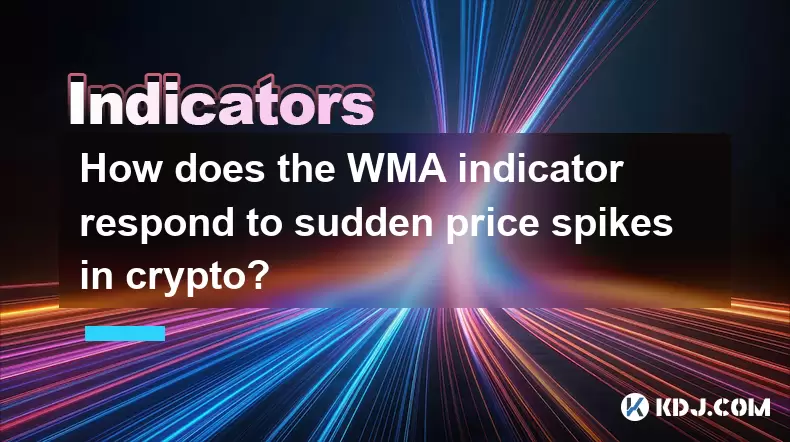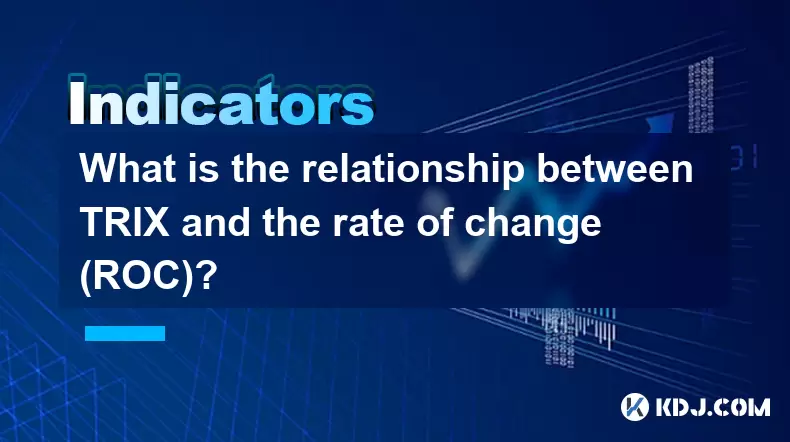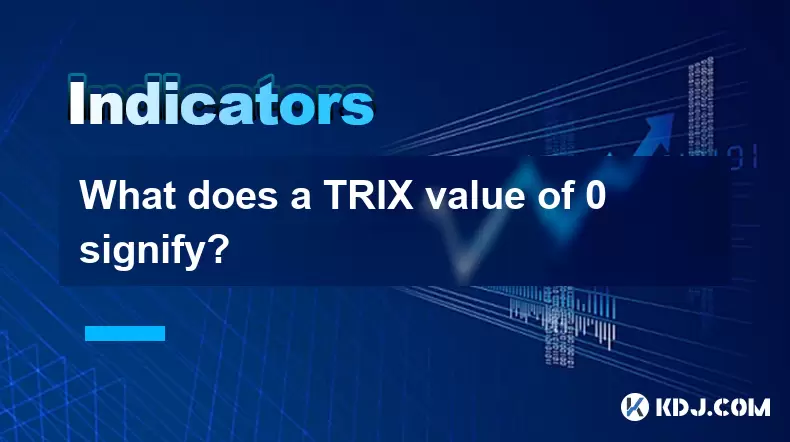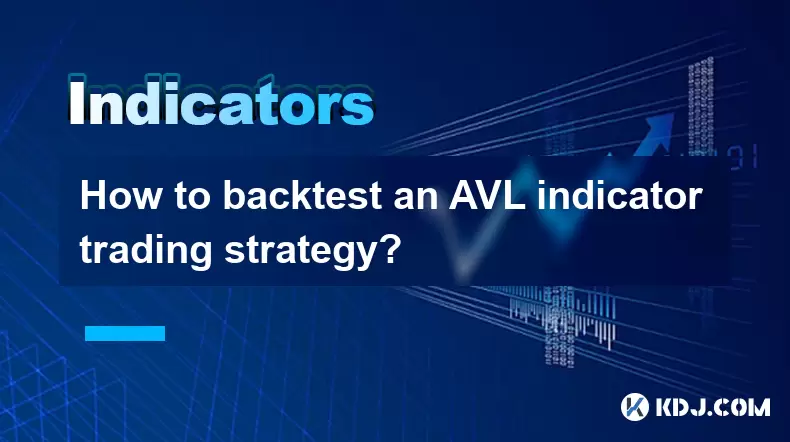-
 Bitcoin
Bitcoin $117700
-0.03% -
 Ethereum
Ethereum $3805
0.49% -
 XRP
XRP $3.098
-1.00% -
 Tether USDt
Tether USDt $1.000
0.03% -
 BNB
BNB $792.8
-1.72% -
 Solana
Solana $177.9
-1.95% -
 USDC
USDC $1.000
0.02% -
 Dogecoin
Dogecoin $0.2202
-1.55% -
 TRON
TRON $0.3278
-2.92% -
 Cardano
Cardano $0.7641
-2.43% -
 Hyperliquid
Hyperliquid $42.21
-2.68% -
 Sui
Sui $3.758
-1.58% -
 Stellar
Stellar $0.4080
-3.21% -
 Chainlink
Chainlink $17.75
-0.33% -
 Bitcoin Cash
Bitcoin Cash $591.8
4.96% -
 Hedera
Hedera $0.2561
-3.09% -
 Avalanche
Avalanche $23.34
-4.24% -
 Litecoin
Litecoin $110.7
1.96% -
 UNUS SED LEO
UNUS SED LEO $8.956
-0.01% -
 Toncoin
Toncoin $3.410
0.79% -
 Ethena USDe
Ethena USDe $1.001
0.03% -
 Shiba Inu
Shiba Inu $0.00001288
-1.82% -
 Uniswap
Uniswap $10.07
-2.06% -
 Polkadot
Polkadot $3.807
-2.27% -
 Monero
Monero $308.2
-2.15% -
 Dai
Dai $1.000
0.03% -
 Bitget Token
Bitget Token $4.521
-0.30% -
 Pepe
Pepe $0.00001134
-1.52% -
 Cronos
Cronos $0.1457
0.65% -
 Aave
Aave $274.9
-2.47%
How does the WMA indicator respond to sudden price spikes in crypto?
The WMA reacts sharply to crypto price spikes due to its heavy weighting of recent data, potentially generating false signals during volatility.
Jul 30, 2025 at 07:28 pm

Understanding the WMA Indicator in Cryptocurrency Markets
The Weighted Moving Average (WMA) is a technical analysis tool widely used in cryptocurrency trading to identify trends by assigning greater importance to recent price data. Unlike the Simple Moving Average (SMA), which treats all data points equally, the WMA applies increasing weights to the most recent prices, making it more responsive to new information. This characteristic is especially relevant in the volatile crypto market, where rapid price movements are common. The formula for WMA multiplies each price in the series by a weighting factor, which increases linearly with the recency of the data point, then divides the sum of these values by the sum of the weights.
In a typical 5-period WMA, today’s price is multiplied by 5, yesterday’s by 4, and so on, down to the oldest price in the window multiplied by 1. This structure ensures that the indicator reacts faster to recent changes compared to SMA. However, this responsiveness also means the WMA may be more sensitive to sudden price spikes—brief, sharp deviations from the prevailing trend caused by news events, exchange outages, or large trades.
Impact of Sudden Price Spikes on WMA Values
When a sudden price spike occurs in a cryptocurrency like Bitcoin or Ethereum, the WMA reacts immediately due to its emphasis on recent data. For example, if the price of a coin jumps 10% within a single candle due to a flash crash or pump, that outlier value is heavily weighted in the WMA calculation. This causes the WMA line on the chart to shift sharply in the direction of the spike, potentially giving a false signal of a trend reversal or acceleration.
The extent of the distortion depends on the length of the WMA period. A shorter WMA (e.g., 10-period) will show a more dramatic shift compared to a longer one (e.g., 50-period), as fewer data points dilute the impact of the spike. Traders using WMA for entry or exit signals may misinterpret this movement as genuine momentum, especially if they do not filter for volatility or confirm with volume data.
It’s crucial to recognize that while the WMA is designed to reflect current conditions, it does not distinguish between sustainable price moves and temporary anomalies. Therefore, a spike that lasts only one or two candles can still leave a visible imprint on the WMA line, affecting trading decisions if not contextualized properly.
How Traders Can Filter Out False Signals from Spikes
To reduce the risk of acting on misleading WMA signals caused by price spikes, traders often combine the indicator with additional tools and filters. One effective method is to use volume analysis alongside WMA. A genuine breakout or trend change is usually accompanied by high trading volume, whereas a spike with low volume may indicate a temporary anomaly.
Another approach involves applying a volatility band or envelope around the WMA. By plotting upper and lower thresholds (e.g., ±2% from the WMA value), traders can visually identify when a price move exceeds normal fluctuations. If the price spikes beyond this band but quickly reverts, it may be disregarded as noise.
Additionally, comparing the WMA with other moving averages such as the Exponential Moving Average (EMA) or using multiple WMAs of different lengths can provide context. For instance, if a 10-period WMA spikes upward but the 20-period WMA remains flat, the event is likely short-lived. This multi-timeframe analysis helps separate signal from noise.
Step-by-Step: Configuring WMA to Handle Volatility
- Open your preferred cryptocurrency trading platform (e.g., TradingView, Binance, or MetaTrader).
- Navigate to the chart of the asset you are analyzing (e.g., BTC/USDT).
- Click on the “Indicators” button and search for “Weighted Moving Average.”
- Add the WMA to the chart and configure the period—start with a 14-period WMA for balanced responsiveness.
- Duplicate the WMA indicator and set a second instance to a longer period, such as 50, to create a baseline trend reference.
- Enable volume bars on the chart and observe whether spikes coincide with unusually high or low volume.
- Optionally, apply a price channel by adding a percentage-based envelope (e.g., 3%) above and below the WMA line using a custom script or built-in tools.
- Monitor how the WMA behaves during known volatile events, such as exchange listing announcements or macroeconomic news, to assess its reliability.
This configuration allows traders to visually assess whether a price spike causes a sustained shift in the WMA or a brief deviation that quickly corrects.
Real-World Example: WMA Reaction During a Flash Crash
On a notable occasion, the price of Ethereum dropped 15% in under two minutes on a major exchange due to a large sell order and thin order book depth. During this flash crash, the 10-period WMA on a 15-minute chart plummeted, crossing below the 50-period WMA and triggering automated sell signals for many algorithmic traders. However, within 30 minutes, the price recovered to pre-crash levels.
In this case, the short-term WMA overreacted due to the heavy weighting of the crash candle. Traders relying solely on WMA crossovers would have exited positions at a loss. Those who checked volume noticed the spike occurred on relatively low volume compared to previous candles, suggesting limited market-wide conviction. Additionally, the longer WMA remained upward-trending, indicating the broader trend was intact.
This example highlights how contextual awareness and supplementary analysis are essential when interpreting WMA signals during extreme volatility.
Adjusting WMA Settings Based on Market Conditions
Crypto markets exhibit varying volatility across timeframes and assets. During high-volatility periods—such as during a bull run or regulatory announcement—traders may benefit from using a longer WMA period to smooth out noise. For instance, switching from a 10-period to a 20-period WMA reduces the influence of individual spikes.
Conversely, in stable or ranging markets, a shorter WMA can capture subtle trend changes more effectively. Some advanced platforms allow dynamic WMA adjustments based on volatility indicators like the Average True Range (ATR). When ATR rises above a threshold, the WMA period automatically increases to reduce sensitivity.
Traders can also experiment with weighted smoothing techniques, such as combining WMA with median price (high + low)/2 instead of closing price, to minimize the impact of extreme wicks or outliers.
FAQs
Why does WMA react more strongly to price spikes than SMA?
The WMA assigns higher weights to recent prices, so a sudden spike—being the most recent data point—has a disproportionate effect on the average. In contrast, SMA treats all prices equally, spreading the impact of the spike across the entire period.
Can I use WMA on lower timeframes like 1-minute charts?
Yes, but with caution. On 1-minute charts, price spikes occur more frequently due to market microstructure noise. Using WMA here may generate excessive false signals unless combined with volume filters or volatility thresholds.
How do I know if a WMA signal is valid after a spike?
Check if the price sustains movement beyond the spike level and if volume supports the move. Also, observe whether multiple timeframes show alignment—e.g., both 15-minute and 1-hour WMA moving in the same direction.
Is WMA better than EMA for crypto trading?
Not inherently. While WMA emphasizes recent data similarly to EMA, EMA uses exponential weighting and may respond slightly faster. The choice depends on trading style—WMA is more linear in weighting, which some traders prefer for transparency.
Disclaimer:info@kdj.com
The information provided is not trading advice. kdj.com does not assume any responsibility for any investments made based on the information provided in this article. Cryptocurrencies are highly volatile and it is highly recommended that you invest with caution after thorough research!
If you believe that the content used on this website infringes your copyright, please contact us immediately (info@kdj.com) and we will delete it promptly.
- XRP, AI, and Price Projections: Decoding the Crypto Future
- 2025-07-31 15:10:13
- XRP Investment: Expert Opinions and the Potential for Explosive Growth
- 2025-07-31 15:15:12
- XRP Price: Whale Buys and Token Scoops—What's Next?
- 2025-07-31 15:30:12
- Imagen Network, RLUSD Payments, and Decentralized Applications: A New Era of Web3?
- 2025-07-31 14:30:12
- Meme Coins: Buy and Hold for the Long Term? Decoding the Hype
- 2025-07-31 14:30:12
- XRP Analyst's Market Outlook: Boom or Bust in the Crypto Wild West?
- 2025-07-31 15:35:19
Related knowledge

What is the relationship between TRIX and the rate of change (ROC)?
Jul 31,2025 at 03:14pm
Understanding TRIX and Its Core MechanismTRIX, or the Triple Exponential Average, is a momentum oscillator used in technical analysis to identify over...

What does a TRIX value of 0 signify?
Jul 31,2025 at 02:21pm
Understanding the TRIX Indicator in Cryptocurrency TradingThe TRIX (Triple Exponential Average) indicator is a momentum oscillator used in technical a...

How to use the AVL indicator to confirm a trend?
Jul 31,2025 at 10:25am
Understanding the AVL Indicator and Its ComponentsThe AVL indicator, also known as the Accumulation Volume Line, is a technical analysis tool that com...

How does volume affect the AVL indicator?
Jul 31,2025 at 11:23am
Understanding the AVL Indicator and Its Core ComponentsThe AVL indicator, short for Accumulation Volume Line, is a technical analysis tool used primar...

How to backtest an AVL indicator trading strategy?
Jul 31,2025 at 01:07pm
Understanding the AVL Indicator and Its Role in TradingThe AVL indicator, also known as the Accumulation Volume Line, is a technical analysis tool tha...

How to use the AVL indicator with MACD for better signals?
Jul 31,2025 at 09:22am
Understanding the AVL Indicator and Its Role in Cryptocurrency TradingThe AVL indicator, also known as the Accumulation Volume Line, is a volume-based...

What is the relationship between TRIX and the rate of change (ROC)?
Jul 31,2025 at 03:14pm
Understanding TRIX and Its Core MechanismTRIX, or the Triple Exponential Average, is a momentum oscillator used in technical analysis to identify over...

What does a TRIX value of 0 signify?
Jul 31,2025 at 02:21pm
Understanding the TRIX Indicator in Cryptocurrency TradingThe TRIX (Triple Exponential Average) indicator is a momentum oscillator used in technical a...

How to use the AVL indicator to confirm a trend?
Jul 31,2025 at 10:25am
Understanding the AVL Indicator and Its ComponentsThe AVL indicator, also known as the Accumulation Volume Line, is a technical analysis tool that com...

How does volume affect the AVL indicator?
Jul 31,2025 at 11:23am
Understanding the AVL Indicator and Its Core ComponentsThe AVL indicator, short for Accumulation Volume Line, is a technical analysis tool used primar...

How to backtest an AVL indicator trading strategy?
Jul 31,2025 at 01:07pm
Understanding the AVL Indicator and Its Role in TradingThe AVL indicator, also known as the Accumulation Volume Line, is a technical analysis tool tha...

How to use the AVL indicator with MACD for better signals?
Jul 31,2025 at 09:22am
Understanding the AVL Indicator and Its Role in Cryptocurrency TradingThe AVL indicator, also known as the Accumulation Volume Line, is a volume-based...
See all articles

























































































